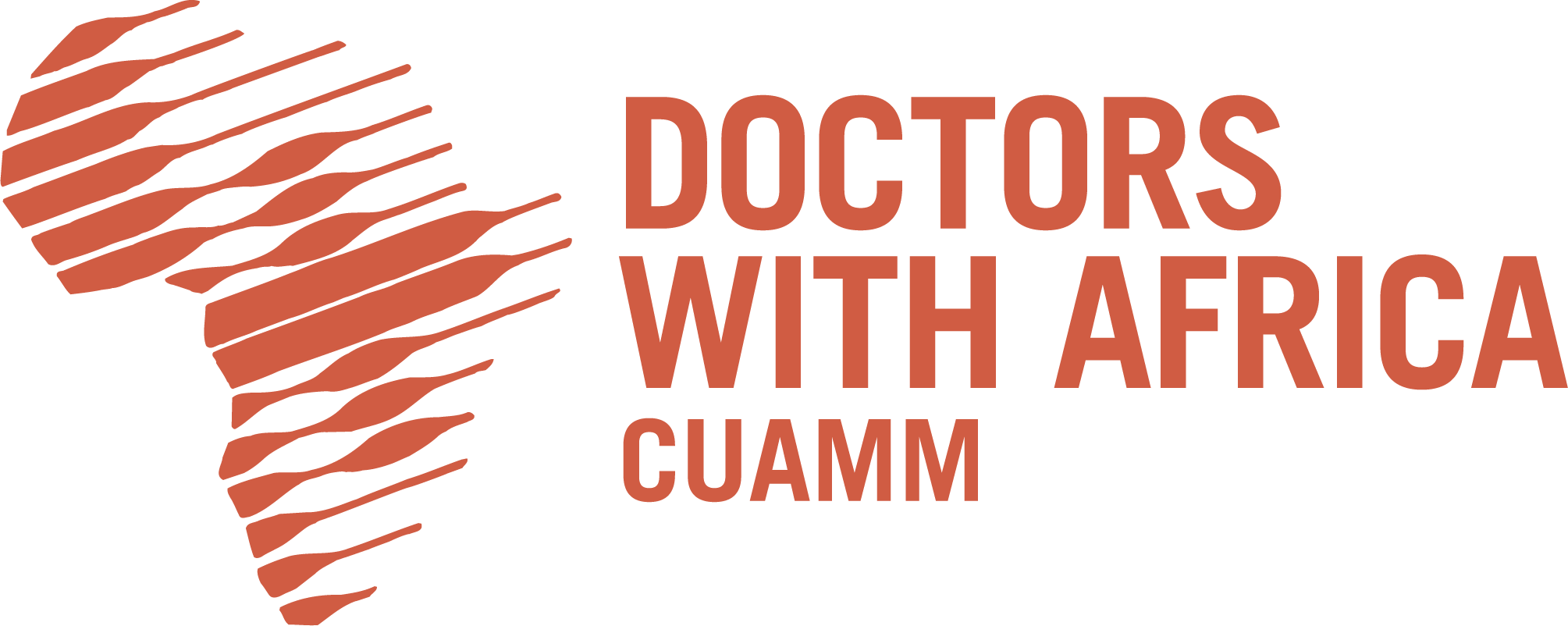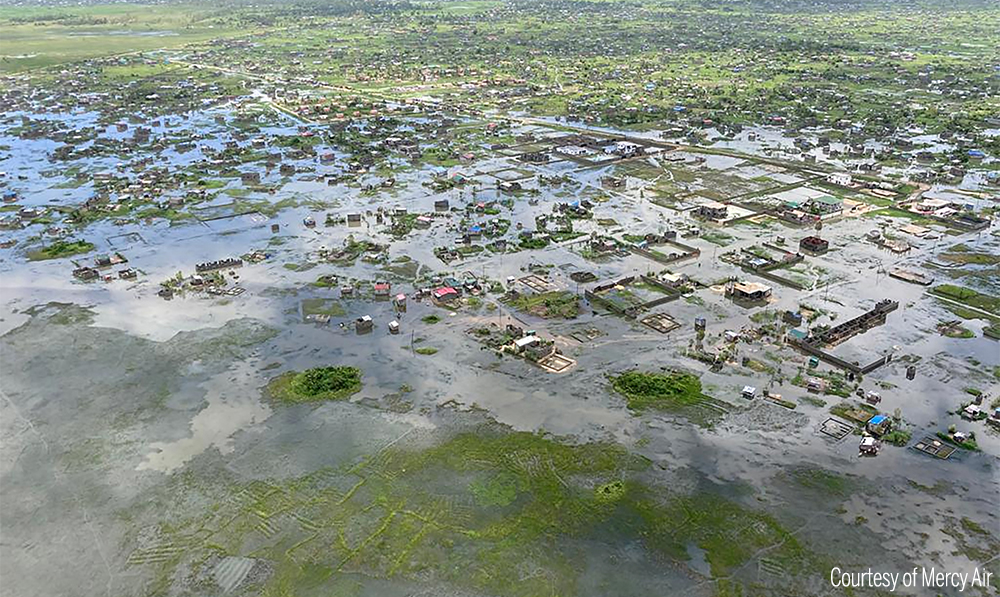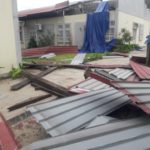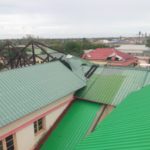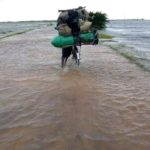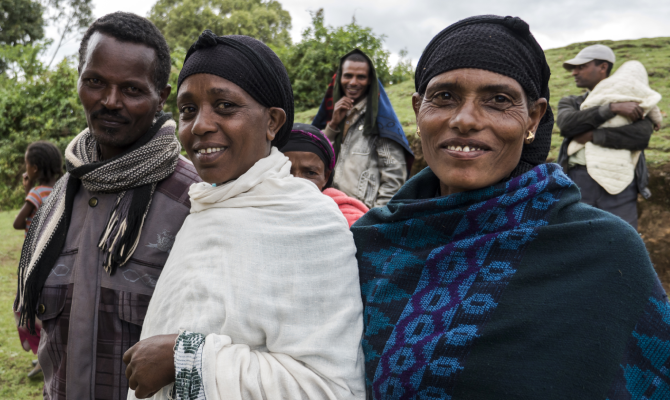The night between January 22nd and 23rd 2021, Tropical Cyclone Eloise (category 1) made landfall in the already fragile Province of Sofala hit, exactly in Buzi District, 30 km south to Beira City, in central Mozambique. Torrential rains and winds of 120 km/h ravaged especially Sofala, but also reaching Zambezia, Manica and Inhambane provinces with devastating consequences for the local population of about 600,000 people. Sofala Province is still recovering from the tragic impact cyclone Idai had in March 2019 as well as from the tropical storm Chalane which hit again the Province on 30th of December 2020. Eloise is the second cyclone hitting Sofala Province in less than 1 month.
“In a country already battered by the Covid-19 pandemic and by humanitarian crises that have led more than 600,000 internally displaced people (IDPs) to the north of the country due to armed attacks and natural disasters, we are facing a situation that dramatically repeats itself – Giovanna De Meneghi, CUAMM country manager in Mozambique, tells us -. Almost 7,000 people have been forced to flee their homes and take refuge in temporary shelters offered by the government, with 32,660 families directly affected for a total of over 163,000 people, more than 5,000 homes have been destroyed, damaged or flooded. We are organizing the emergency response, with maximum speed, together with the other actors on the field (UN, government and other NGOs) in order to implement all those life-saving activities that are considered the most critical and that must be carried out as a priority. The population, although tired and exhausted by contingent and chronic emergencies, is reacting and responding with strength and determination to the reconstruction actions led by the government and supported by international partners and by the communities themselves”. Strong winds and massive flooding caused the destruction of local infrastructure, food production and reserves and disrupted the functioning of services, especially in the rural districts of Buzi, Dondo and Nahatanda and in the city of Beira.
Between the damaged infrastructures there are 11 health facilities and in particular the emergency wing of Beira Central Hospital and OPD was damaged severely and, especially the latter, is not operational. There was a severe damage to crops, including about 136,755 hectares already flooded. This means that the food security of the population is at risk as well as water supply which increase the risk of water borne diseases.
The priorities are clear and we are moving to act as soon as possible thanks to the use of over 80 community health activists:
- Water supply, sanitation and hygiene promotion
- Food Security and Nutrition for the people hitted by the cyclone
- Immediate assistance and emergency relief
- Outbreak prevention and preparedness via setting up dedicated wards (tents) and building up stocks of drugs, IV fluid, IPC equipment and consumables and deployment of over 50 community health activists already trained to raise awareness around Covid-19 and prevention of cholera and Acute Watery Diarrhoea (AWD);
- Re-establish basic routine healthcare services: mapping current damage and promote immediate action to re-open/rehabilitate outpatient services, wards, operating theatre and laboratory. Priority will be given to the central hospital of Beira and the most affected health facilities.
CUAMM with his team of 40 people in Beira that is already taking action to provide an humanitarian response.
